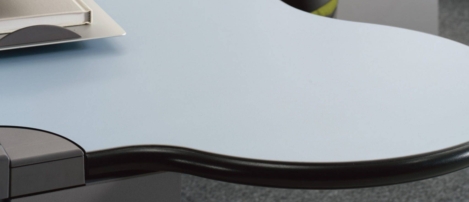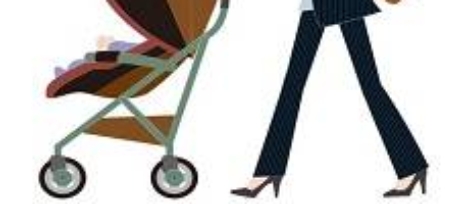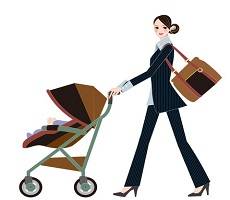October 13, 2015
Third of employers admit rise in numbers of staff coming to work when ill 0
 Nearly a third of employers have reported an increase in people coming to work while they are ill, according to the annual CIPD / Simplyhealth Absence Management Survey. The survey of nearly 600 employers found that 31 percent have seen an increase in ‘presenteeism’ in the last year. It also claims that any increase is likely to be associated with a culture in which working long hours is seen to be the norm and where operational demands take precedence over wellbeing. Employers that have noticed an increase in presenteeism are nearly twice as likely as those that haven’t to report an increase in stress-related absence, and more than twice as likely to report an increase in mental health problems amongst its staff. However, despite this, nearly three-fifths (56 percent) of organisations that have reported an increase in presenteeism haven’t taken any steps in order to discourage it.
Nearly a third of employers have reported an increase in people coming to work while they are ill, according to the annual CIPD / Simplyhealth Absence Management Survey. The survey of nearly 600 employers found that 31 percent have seen an increase in ‘presenteeism’ in the last year. It also claims that any increase is likely to be associated with a culture in which working long hours is seen to be the norm and where operational demands take precedence over wellbeing. Employers that have noticed an increase in presenteeism are nearly twice as likely as those that haven’t to report an increase in stress-related absence, and more than twice as likely to report an increase in mental health problems amongst its staff. However, despite this, nearly three-fifths (56 percent) of organisations that have reported an increase in presenteeism haven’t taken any steps in order to discourage it.









 I was involved in a meeting with an office fit-out company this week which involved a discussion of how their clients can develop misconceptions about the extent to which their contemporaries are introducing new office design and management models based on agile working, shared space, mobile technology and all that other good stuff. This presents a particular challenge for firms in the sector because their day to day experiences of what clients talk about and ask from them can be pretty removed from the things talked about in the media. If you were to judge the state of the office solely on the basis of what you read and hear and see at shows, it would be easy to conclude that the office is indeed dying and dragging down with it the markets for office furniture, commercial property and traditional technology. The problem is that the facts don’t support that notion at all.
I was involved in a meeting with an office fit-out company this week which involved a discussion of how their clients can develop misconceptions about the extent to which their contemporaries are introducing new office design and management models based on agile working, shared space, mobile technology and all that other good stuff. This presents a particular challenge for firms in the sector because their day to day experiences of what clients talk about and ask from them can be pretty removed from the things talked about in the media. If you were to judge the state of the office solely on the basis of what you read and hear and see at shows, it would be easy to conclude that the office is indeed dying and dragging down with it the markets for office furniture, commercial property and traditional technology. The problem is that the facts don’t support that notion at all.


 A new study from US based technology research organisation ABI Research claims that sales of tablets as well as their worldwide user base will start to shrink next year for the first time. According to
A new study from US based technology research organisation ABI Research claims that sales of tablets as well as their worldwide user base will start to shrink next year for the first time. According to 





















October 12, 2015
How workplace design is more closely reflecting how we actually work 0
by Adrian Campbell • Comment, Flexible working, Workplace design
More →